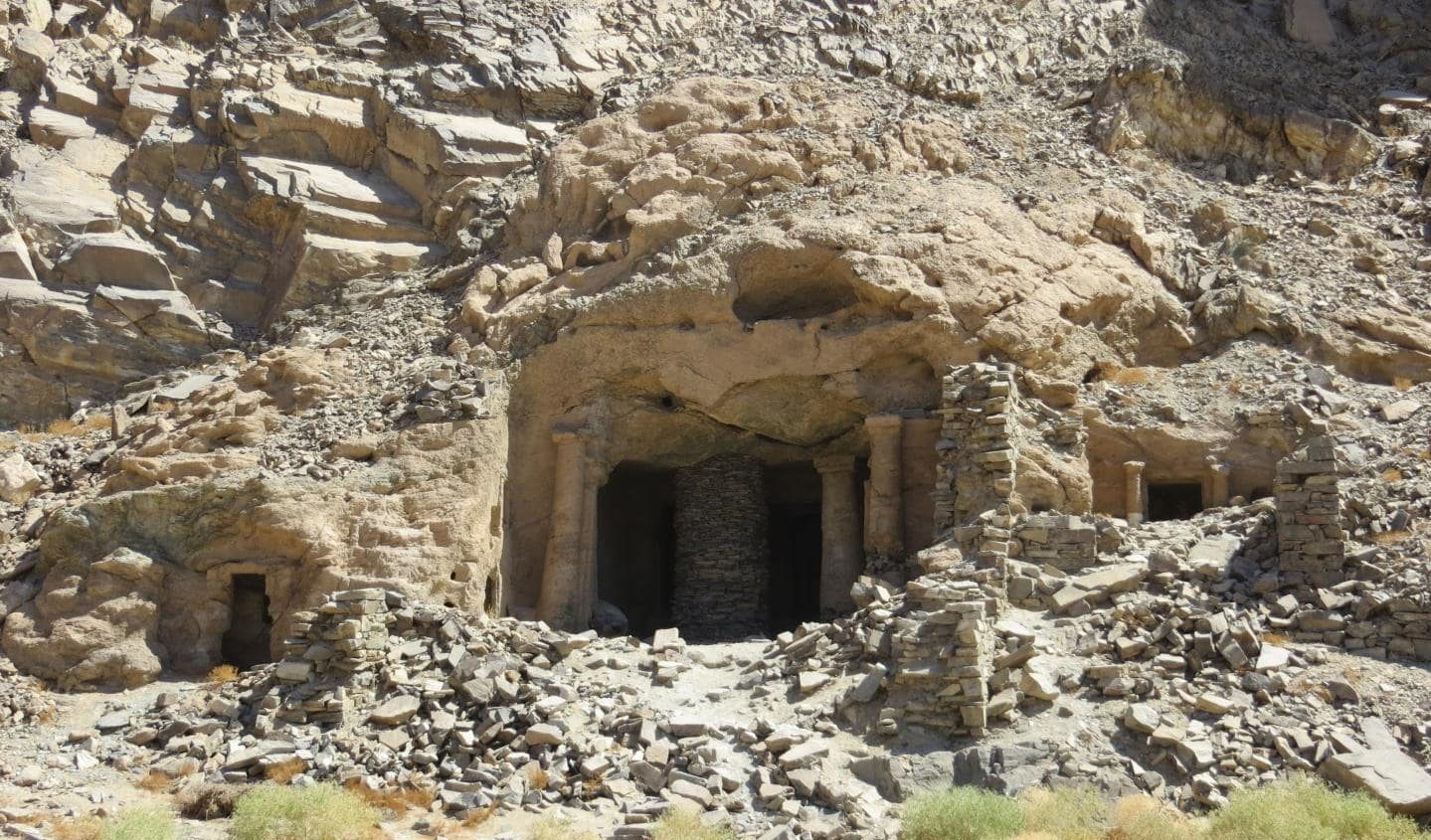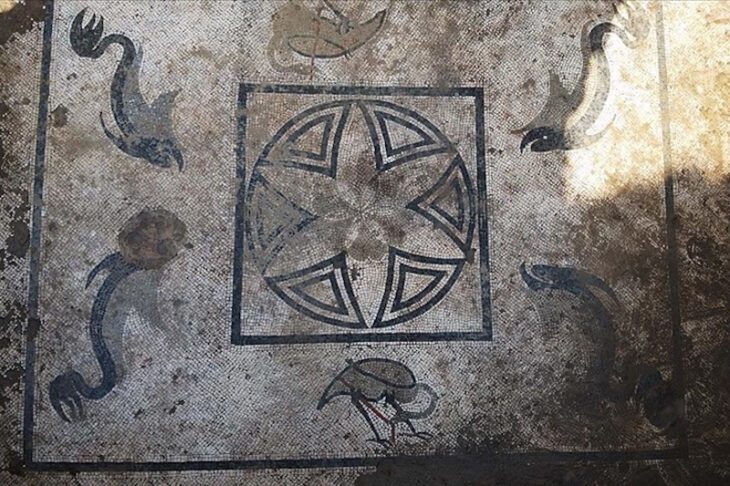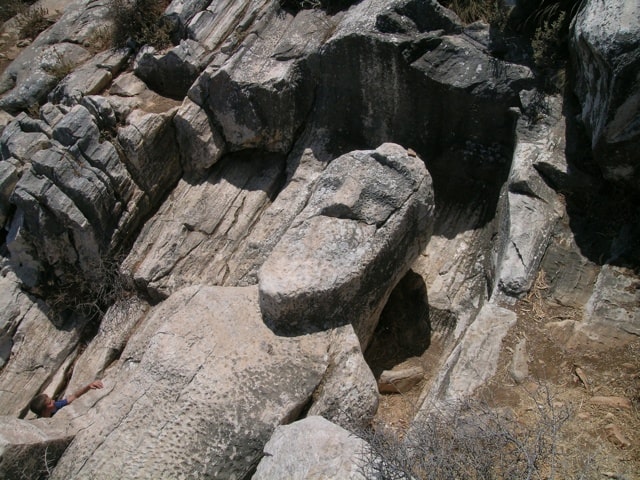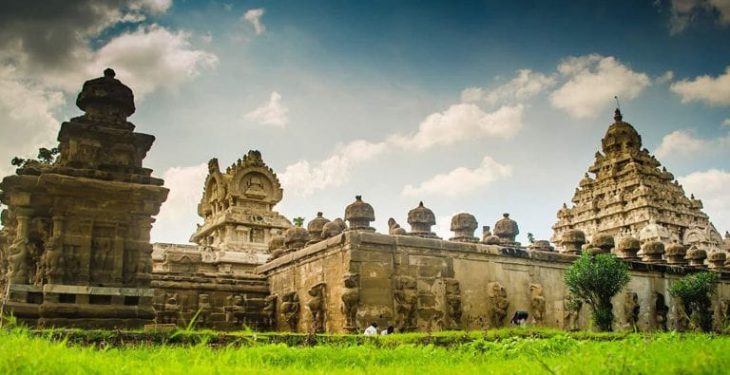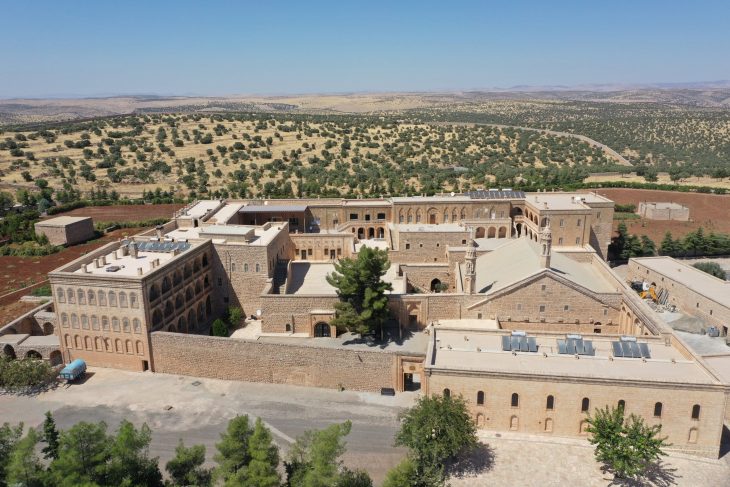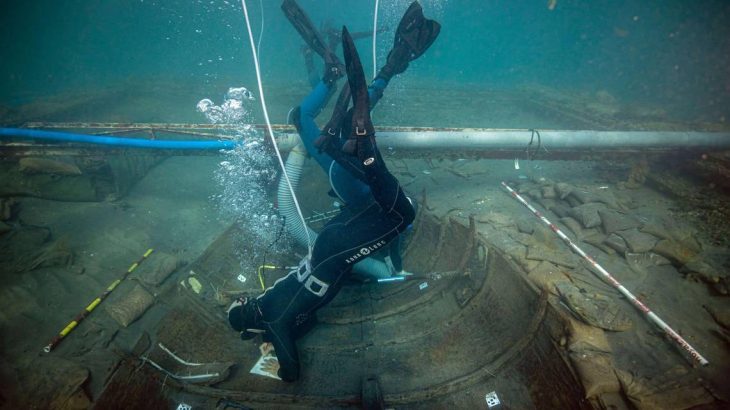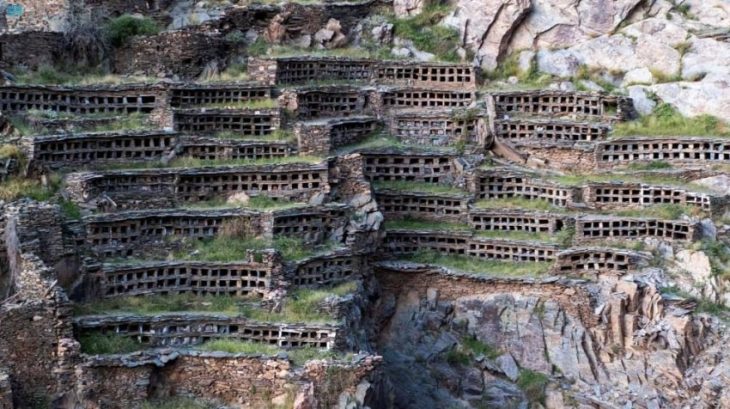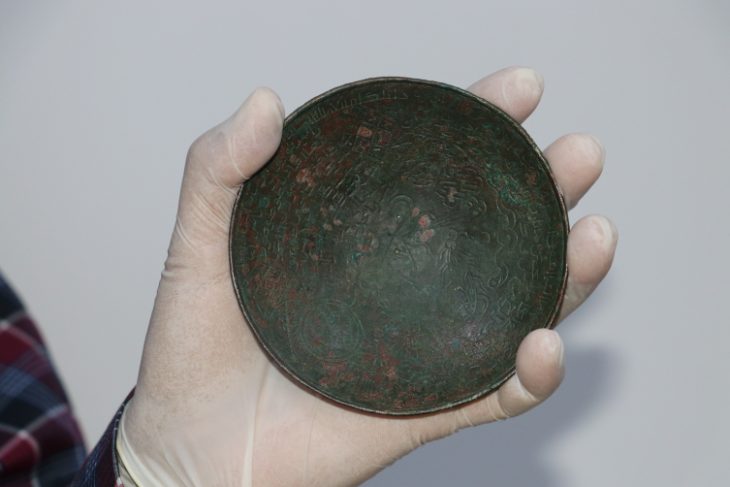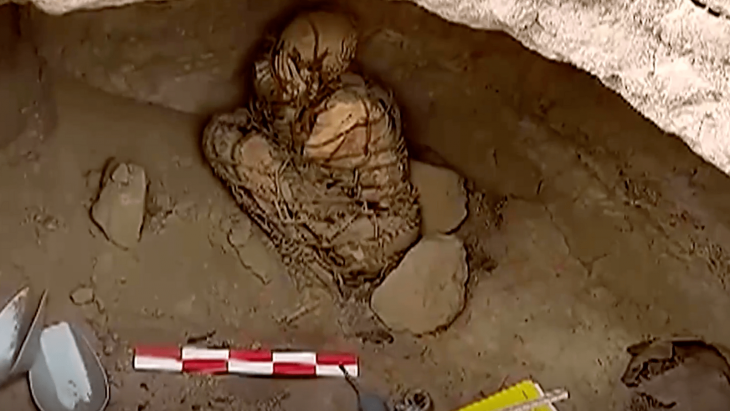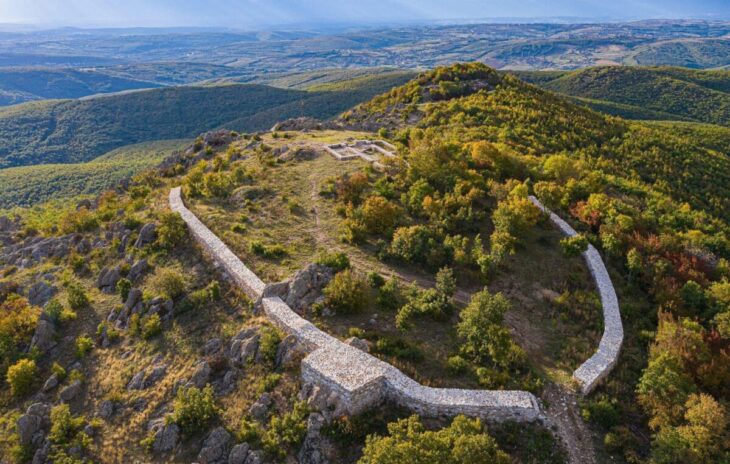New research by archaeologists from the Universitat Autònoma de Barcelona and the University of Warsaw suggests that Roman Empire emerald mines may have fallen into the hands of nomads as early as the 4th century.
A team of archaeologists, led by Universitat Autònoma de Barcelona researcher Joan Oller Guzmán, have been excavating at the Roman site of Sikait, in the Eastern Desert of Egypt.
Sikait the area was known in Antiquity as “Mons Smaragdus”, given that it was the only place within the Roman Empire where emeralds could be found.
Researchers’ new study shows that the Blemmyes, nomad tribes living in the region from the 4th to the 6th centuries CE, may have gained control of the emerald mines until the end of the mining activities.
Researchers documented burial ceremonies, the social organization of residents and employees, mine typology, as well as data on extraction methods and how production was registered.
The excavations correspond to the late Roman period from the 4th to the 6th centuries AD, and reveals that some of the buildings were occupied or even built by the Blemmyes tribes living in the area at the end of the 4th century AD.
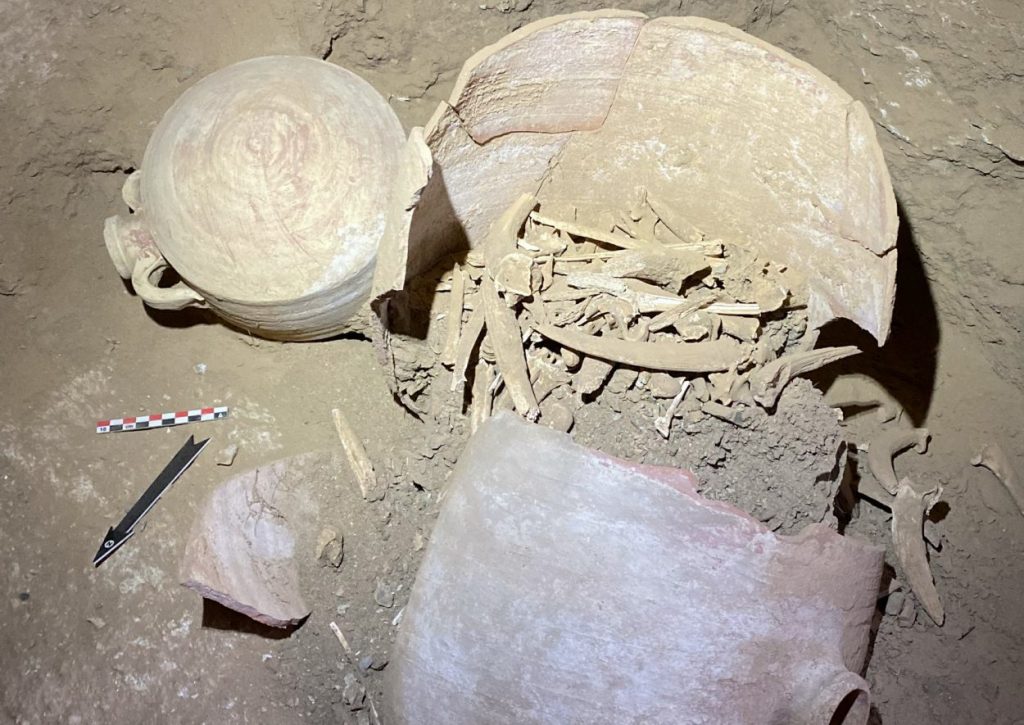
The work conducted at the main temple of Sikait has allowed archaeologists to document two perfectly preserved ritual sanctuaries, one of which contained the last votive offerings to have been made intact between the 4th and 5th centuries AD. Researchers also excavated a building complex known as the Tripartite Building, which was probably used both as a residence and as a warehouse for the emeralds extracted from the mines.
“The discovery confirms the relevance of religion and local rituals in this late period, and this suggests that the exploitation of the mines may have fallen into the hands of the Blemmyes during this time, before the fall of the empire”, said Joan Oller Guzmán.
Involvement of the Roman Army
The most remarkable characteristic of this mine is the documentation of an important set of ancient inscriptions which allow researchers to infer information on who worked there and how the tasks were carried out. Among these is an inscription by a Roman legion, which would for the first time demonstrate that the Roman army was directly involved in the exploitation of Egypt’s emerald mines “not only to defend them, but also probably to help in their construction”, Oller explains.
For the first time, archaeologists were able to conduct a detailed topographic study of two primary mining sites, one of them consisting of hundreds of galleries and with a depth of more than 40 metres. The survey also allowed them to determine how work was structured inside the mines: large-scale mining only began once the most productive veins were identified.
The researchers continued to add to the documentation of emerald mines within the Wadi el Gemal National Park, of which over 300 have already been studied. In addition to the discoveries, was documented logistical infrastructures such as small settlements, necropolises, ramps, paths, working areas and watchtowers, and even a new necropolis with over 100 tombs.
This scientific collaboration was conducted jointly with the Polish Centre of Mediterranean Archaeology of the University of Warsaw, Poland.

